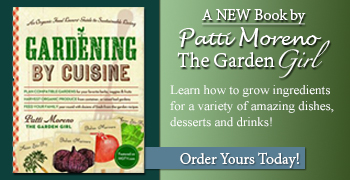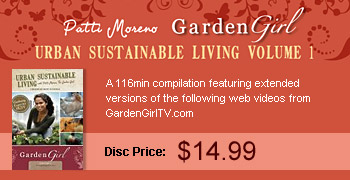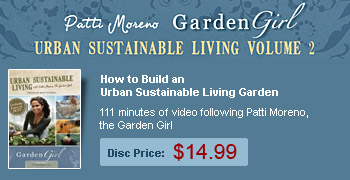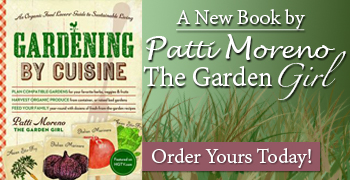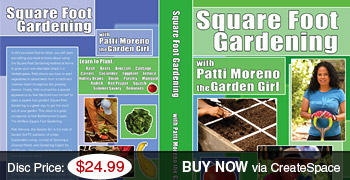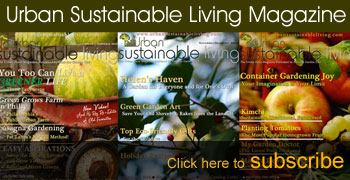Composting Kitchen Scraps with a Worm Bin
If you ever thought you were scared of worms, now is the time to get over it. A worm bin is a perfect eco-friendly solution for anybody with a small patio or garden. It also is ideal for condo dwellers where there are rules and regulations against composting. The worm castings (or worm ‘poo’) make the best natural fertilizer, and its power can be extended by brewing up worm tea to apply when watering all your plants. Not only is your homemade compost great for your garden, it reduces waste in landfills by getting your kitchen scraps to work for you and your edible landscape.
At home, I compost kitchen scraps, leaves, and other green matter. My neighbors bring me their leaves, and grass clippings even though I’ve encouraged them to compost the materials for themselves. Then I convert the “waste” into energy. Goodbye, petrochemical poison. Hello, black gold.
There are lots of great products on the market to compost kitchen scraps indoors, from super sleek under the counter models to the basic DIY worm bin that I will demonstrate here. Did I mention that I am a worm farmer? Or, that soon you will be one, too?
What you’ll need:
- An 18 gallon bin with a cover – as shown
- Shredded newspaper
- A cover underneath the bin
- A piece of cardboard to go inside the bin
- A drill with a ¼” but
- Red Wiggler Worms!
- About a pot full of soil
- And your everyday kitchen scraps
- Green matter from your garden at the end of the season
What to do next:
The next steps are pretty straightforward and you will see it demonstrated in the video. Once you have put 1/4” holes along the lip to allow airflow, in the bottom of the container, you lay the cardboard down as a “floor.” Then you add the shredded newspaper and sprinkle it with water. Then you add a pound of red wiggler worms. You have to be careful to not make the newspaper shreds too wet or too dry. Worms like things just right so they can breed! Place the worms into the bin and then about 1 quart of soil to help the composting process. The soil is the natural environment for Worms. You want them to be comfortable.
Place the bin in a dark area like a pantry or closet in a convenient place for you to access every time you cook. Won’t that stink up my kitchen, you must be asking?
A properly aerated and balanced bin won't stink. If it does start to stink, that just means that it needs more of a balance of carbon-rich materials like brown matter (like leaves, hay, dog fur) and less green matter (kitchen scraps).
Did you know that a powerful (effective) worm bin can digest its own weight in worms, every two days! The more worms, the more it can consume and turn your waste into potent worm castings for your garden!
What can go in your worm bin:
|
What not to put in your compost bin:
|
Worm bins are an unusual pursuit, but if you truly want a more eco-friendly lifestyle, it is one of the best places to begin. Please tell your red wigglers, that Garden Girl says hello!

